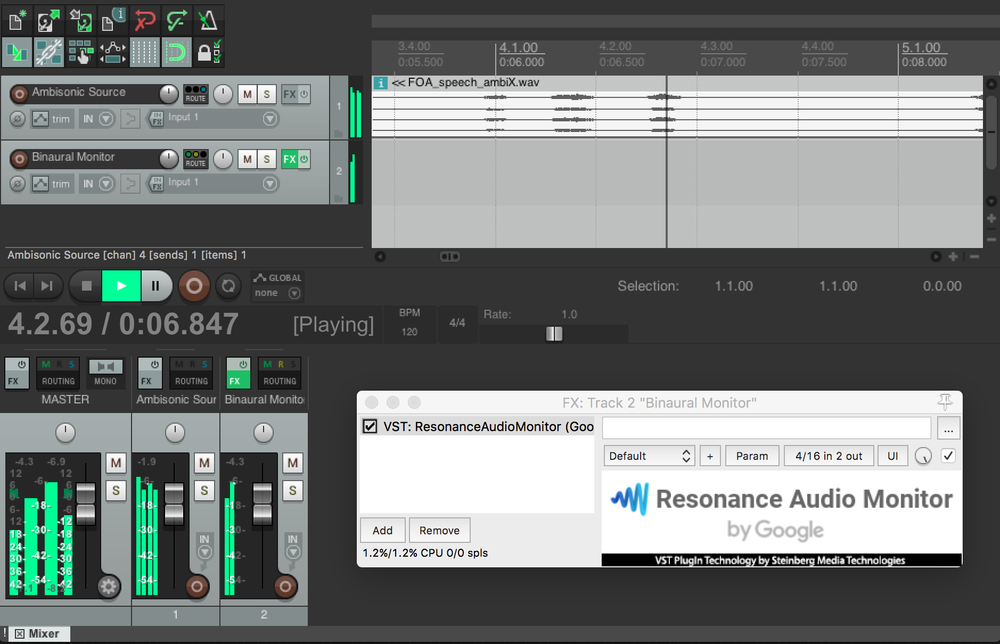The role of audio can be just as critical to a game as that of the visuals. In virtual and augmented reality, it's arguably even more important as poor audio can flat out ruin immersion. Not acceptable, says Google.
The platform giant recently launched Resonance Audio, a software development kit (SDK) designed to bring quality spatial audio to a variety of platforms including Android, iOS, Windows, MacOS and Linux.
Based on technology from Google's VR Audio SDK, Resonance Audio delivers rich, dynamic audio environments without sacrificing performance. That's important considering the CPU typically has its hands full with the visuals, especially on mobile devices where processing power is limited.

Resonance Audio is more than just a basic 3D spatialization solution, allowing devs to control the direction in which acoustic waves propagate from sound sources. For example, if you are standing behind a guitar player in the virtual world, it will sound quieter than if you were standing directly in front of them. Facing and turning your back to the guitar can also impact how loud it is.
The SDK additionally excels at rendering near-field effects when a source approaches the listener's head. This provides an accurate perception of distance and further boosts immersion.
Resonance Audio works with Unity, Unreal, FMOD, Wwise and DAWs. In Unity, users can even pre-calculate reverb effects that match the acoustic properties of an environment, further reducing real-time CPU usage.
Those interested in learning more or getting started with Resonance Audio can do so over on Google's dedicated landing page.
